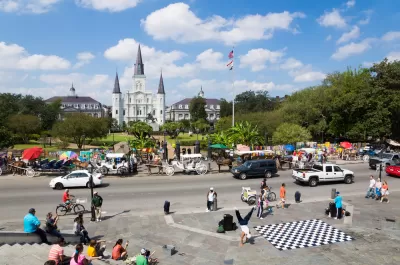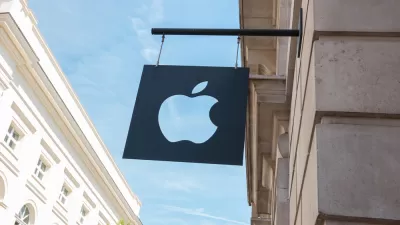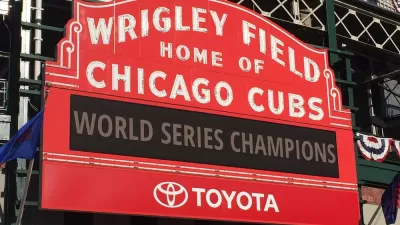Digital connection is no substitute for the vitality and community created by open, pleasant public squares and plazas.

According to an article by Alan Ehrenhalt in Governing, the importance of public plazas as centers for social life, from ancient Mesopotamia to Portland, Oregon, is “impossible to dispute.” Yet, despite the continued popularity of places like Manhattan’s Washington Square, Jackson Square in New Orleans, or Philadelphia’s Rittenhouse Square, “We sometimes forget the importance of central squares in even the largest American cities.”
Ehrenhalt mentions several ambitious projects planned in small towns that hope to reinvigorate their stagnant public squares, such as a $100 million town square in Xenia, Ohio, whose original square was destroyed by a tornado. Ehrenhalt admits that projects like this may not go as planned, “But the mere fact that [they are] being discussed should count as an achievement,” Ehrenhalt writes.
In an age of constant virtual connection, Ehrenhalt asks, do we still need these physical spaces? “A number of urban planners have argued that we do need them, and that we can create them out of what might seem the least promising material.” According to David Gensler, “open space and town squares humanize and invigorate cities and are essential to the health and welfare of the people who live and work in them.” The lasting appeal of Jackson Square, Portland's Pioneer Courthouse Square, and others signal that this continues to ring true.
FULL STORY: The Town Squares We Used to Have — and Could Have Again

Manufactured Crisis: Losing the Nation’s Largest Source of Unsubsidized Affordable Housing
Manufactured housing communities have long been an affordable housing option for millions of people living in the U.S., but that affordability is disappearing rapidly. How did we get here?

Americans May Be Stuck — But Why?
Americans are moving a lot less than they once did, and that is a problem. While Yoni Applebaum, in his highly-publicized article Stuck, gets the reasons badly wrong, it's still important to ask: why are we moving so much less than before?

Using Old Oil and Gas Wells for Green Energy Storage
Penn State researchers have found that repurposing abandoned oil and gas wells for geothermal-assisted compressed-air energy storage can boost efficiency, reduce environmental risks, and support clean energy and job transitions.

What Forest Service Cuts Mean for Cities
U.S. Forest Service employees work on projects that have impacts far beyond remote, rural wilderness areas.

North Texas Transit Leaders Tout Benefits of TOD for Growing Region
At a summit focused on transit-oriented development, policymakers discussed how North Texas’ expanded light rail system can serve as a tool for economic growth.

Poorest NYC Neighborhoods Pay Price for Delivery Boom
The rise of ‘last-mile’ e-commerce warehouses — and their attendant truck traffic and air pollution — is disproportionately impacting the most historically disadvantaged parts of the city.
Urban Design for Planners 1: Software Tools
This six-course series explores essential urban design concepts using open source software and equips planners with the tools they need to participate fully in the urban design process.
Planning for Universal Design
Learn the tools for implementing Universal Design in planning regulations.
Heyer Gruel & Associates PA
City of Moreno Valley
Institute for Housing and Urban Development Studies (IHS)
City of Grandview
Harvard GSD Executive Education
Salt Lake City
NYU Wagner Graduate School of Public Service
City of Cambridge, Maryland





























